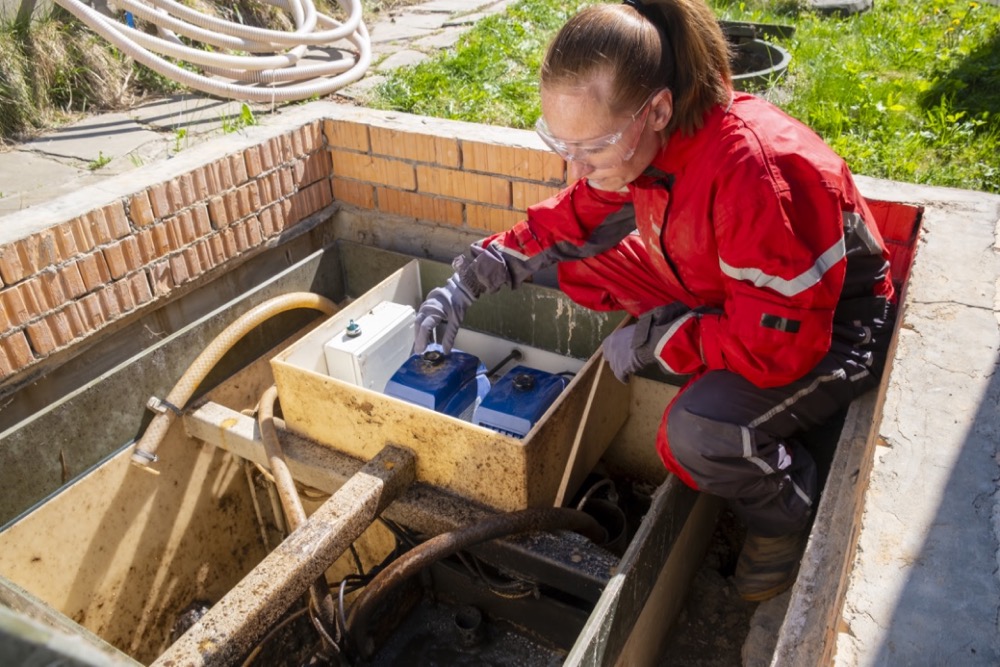
A The first step in a basic inspection is to examine the liquid level inside of the septic system access areas. After an initial review of the liquid level, the water is turned on in the home and left to run for a specified period of time in order to have the liquid fill up. The inspector will then check the access pipes as well as the absorption area surrounding the septic system. When inside of the home, the septic system inspector will flush toilets, run water and identify drain lines to determine how the drainage system is set up.
Defects may be noticed by the inspector in the way of too much water seepage in the absorption area or a liquid level which is too high. The inspector will make note of these potential defects and alert the prospective buyers of anything that appears to be concerning in nature. The inspector will be able to provide information to the buyer which can help them to determine whether or not the septic system is in faulty working order and to what extent. Based upon the information gathered by the septic system inspector along with the personal judgment of the buyers, the future potential homeowners must decide if going ahead with the purchase is a wise idea or if the possibly faulty septic system is too much for them to handle.
To schedule an appointment or for more information, contact Morse Engineering and Construction.
Source: septic.com
Basic Steps of a Non-Invasive Septic Inspection
